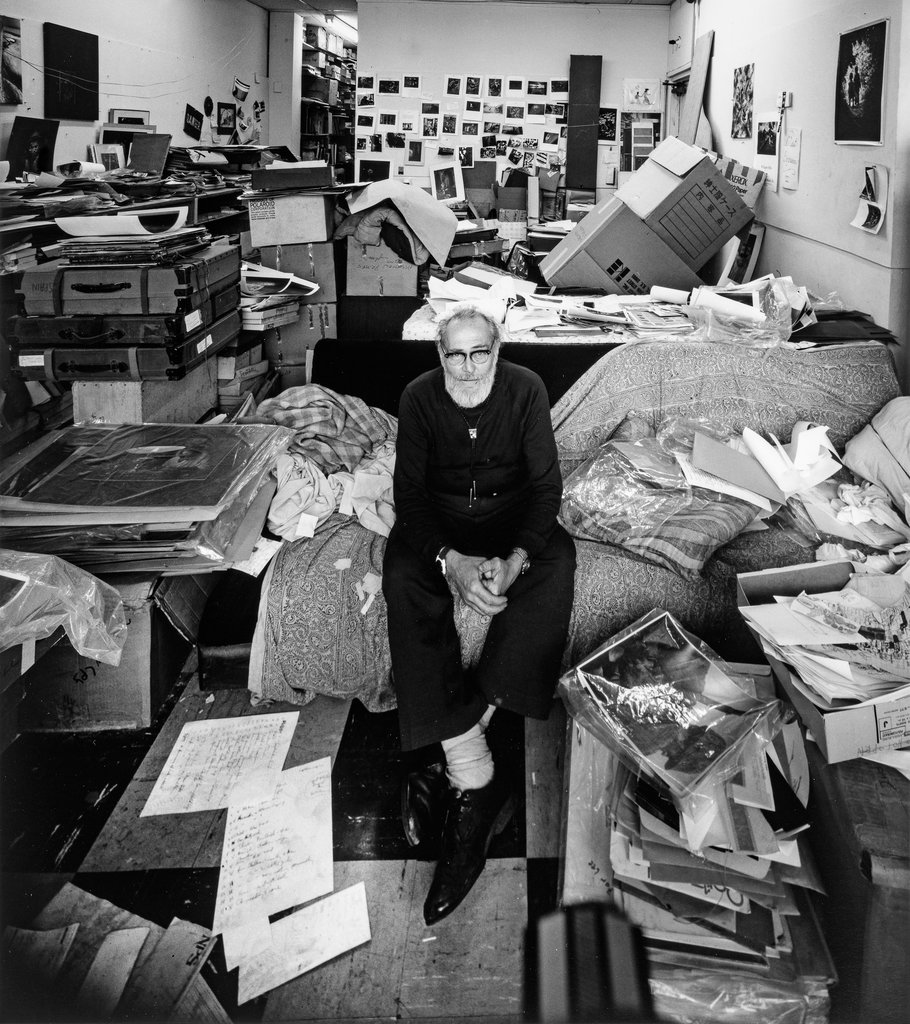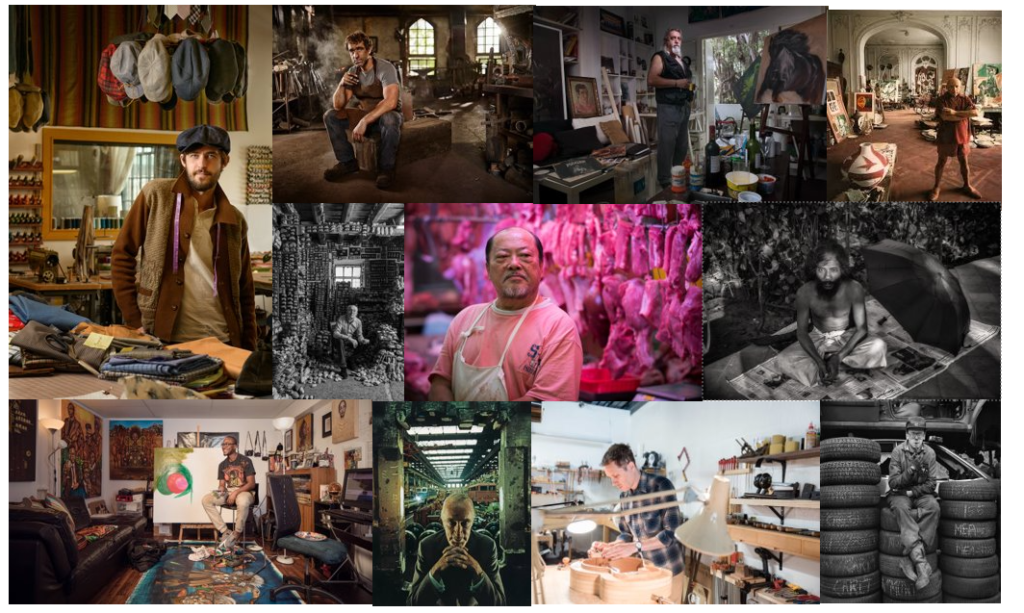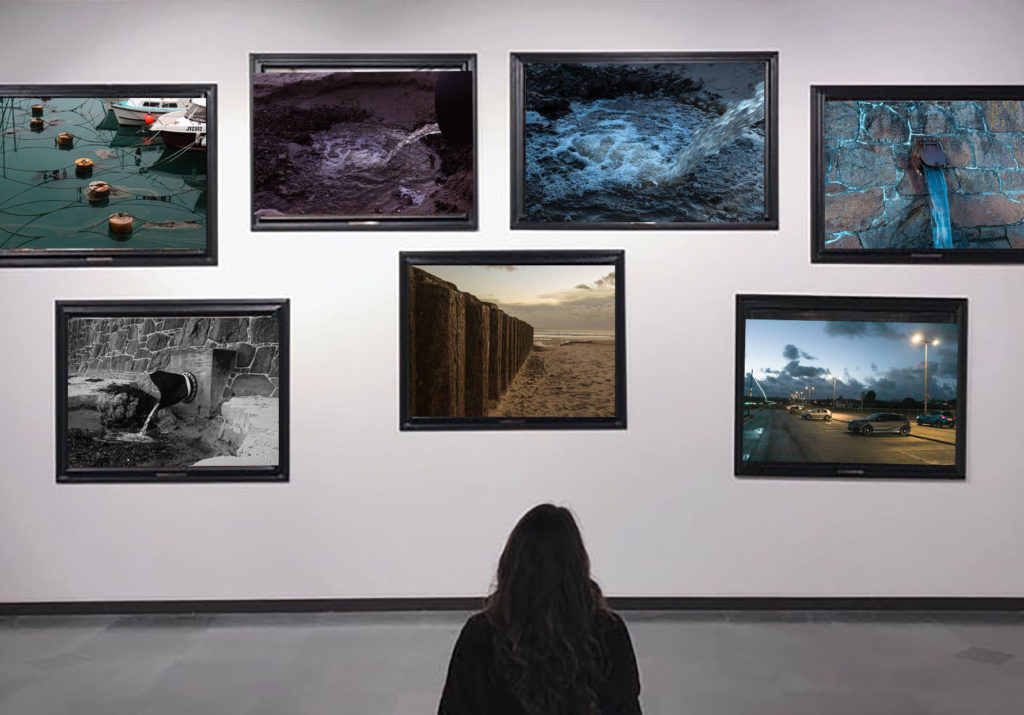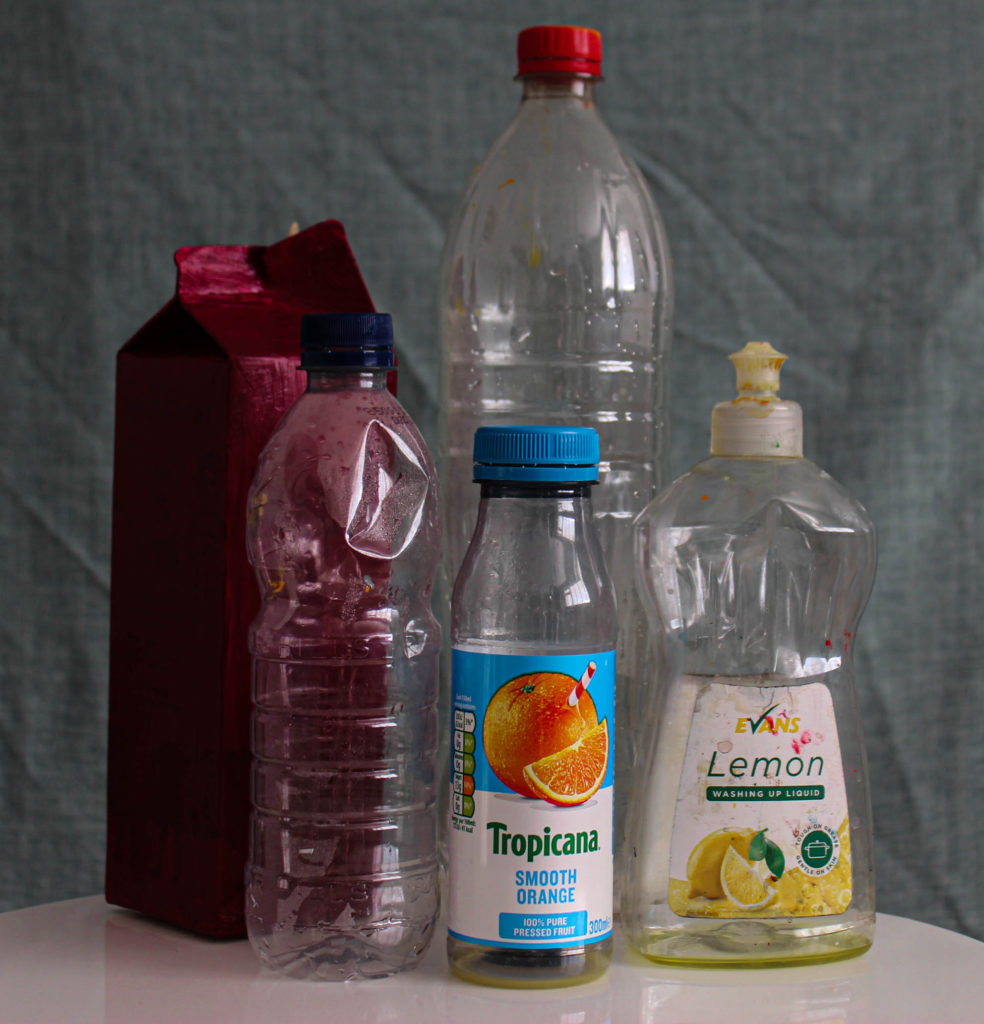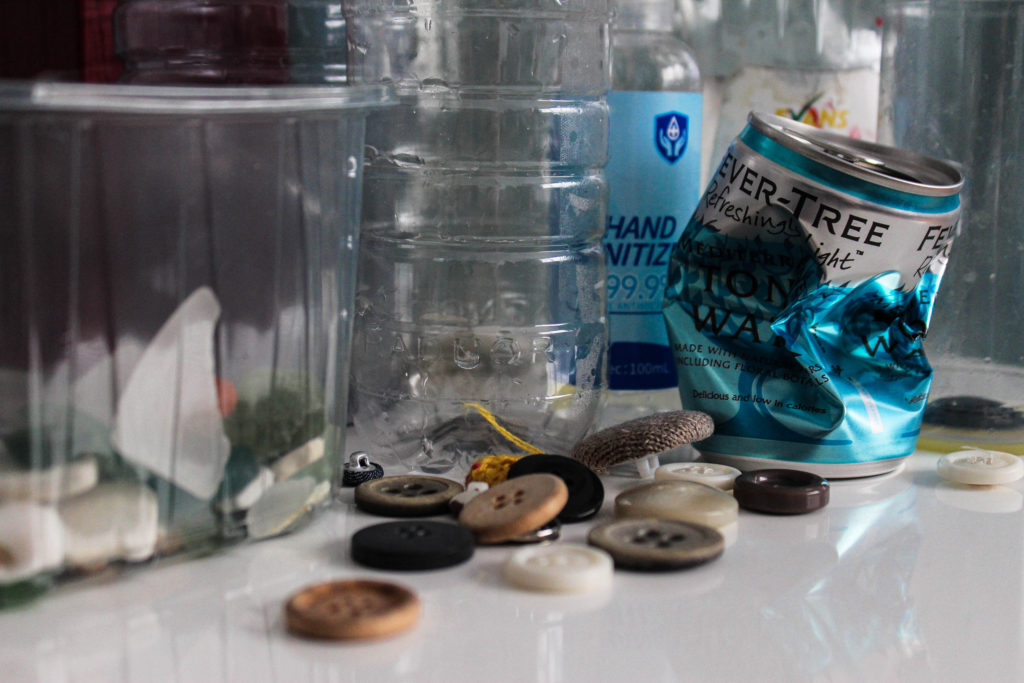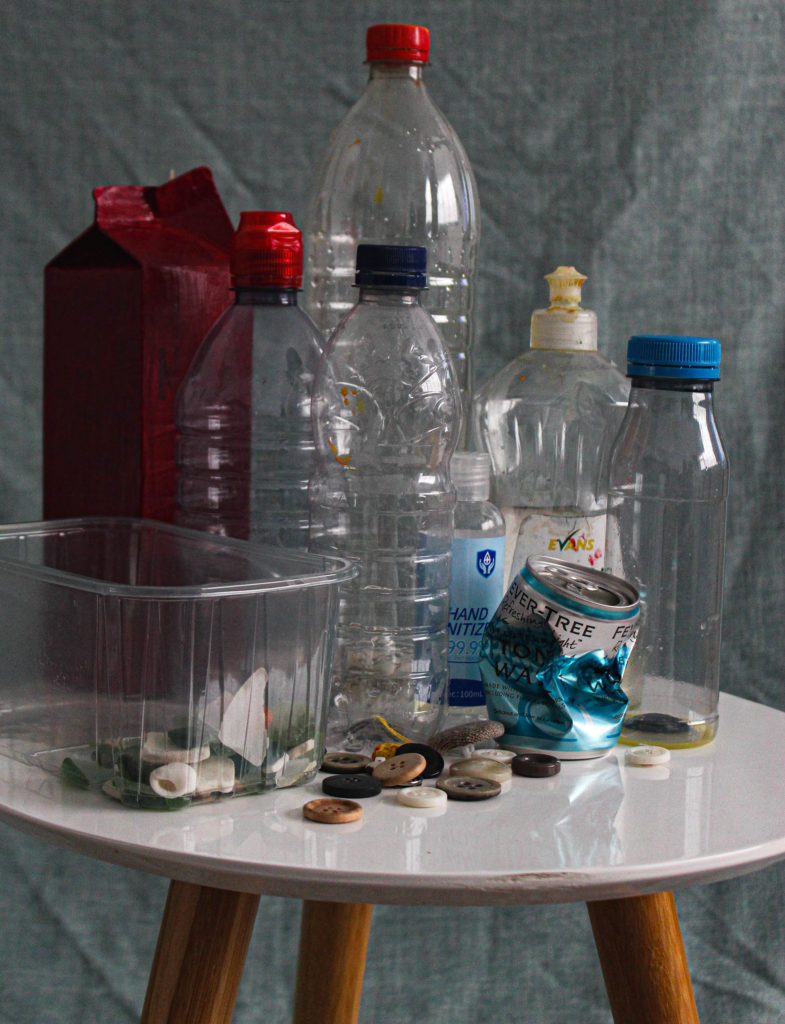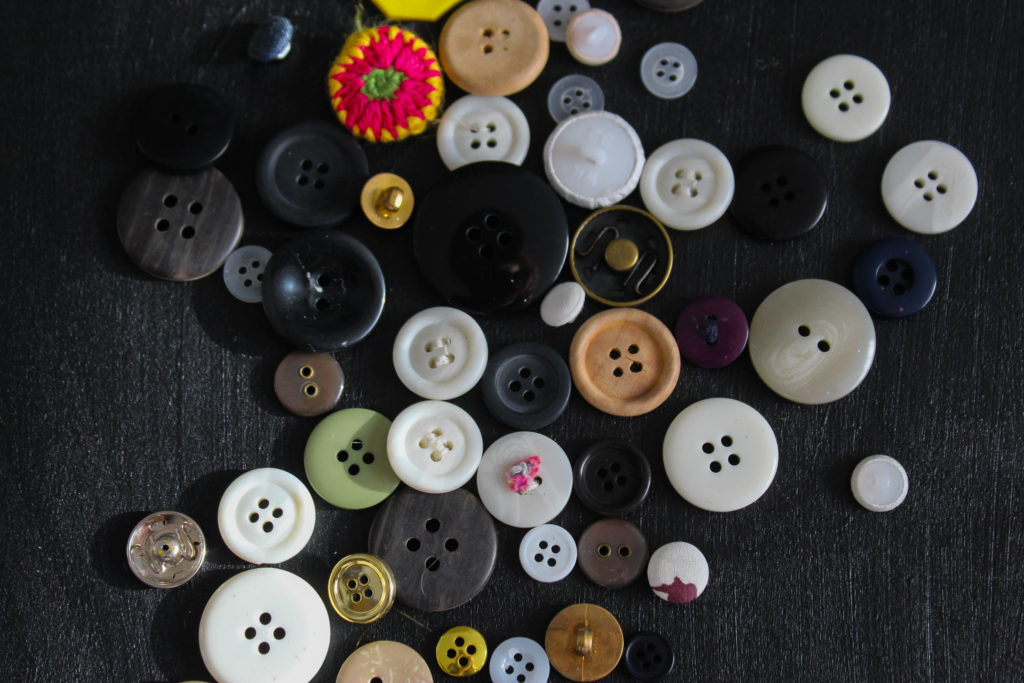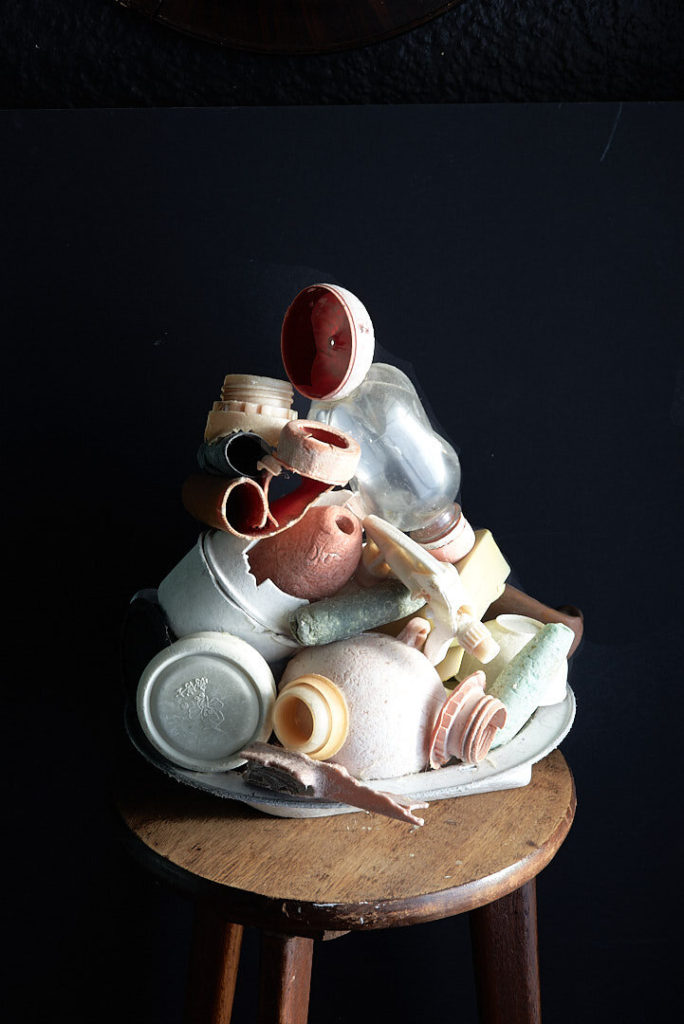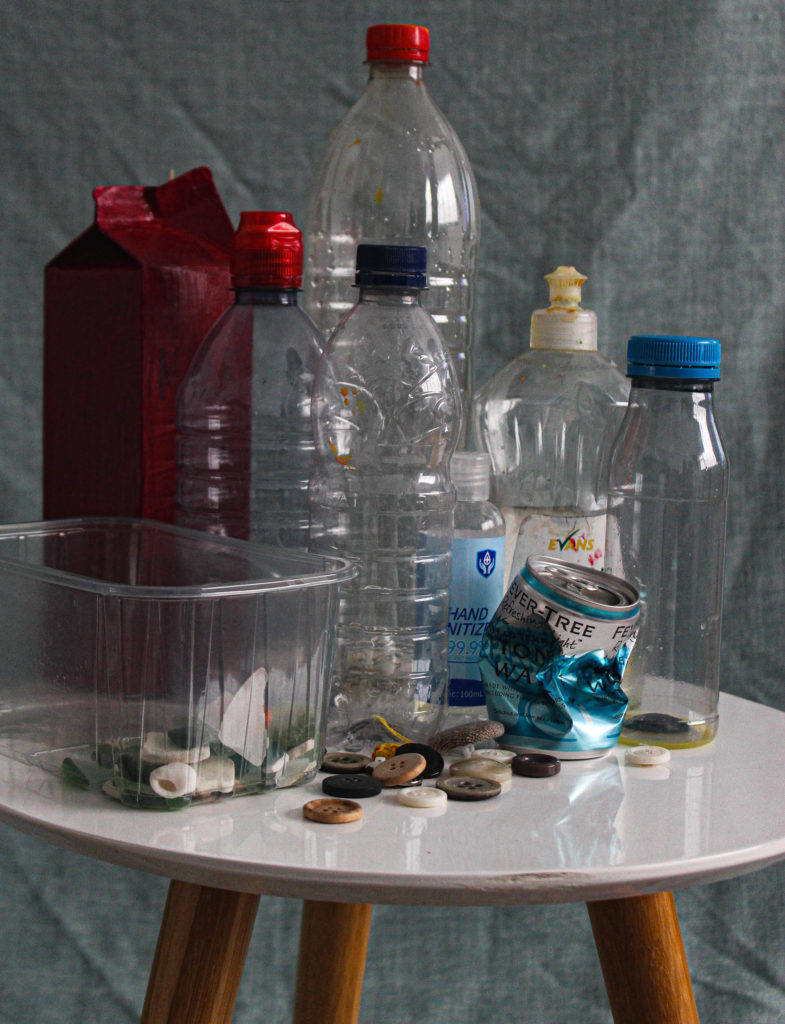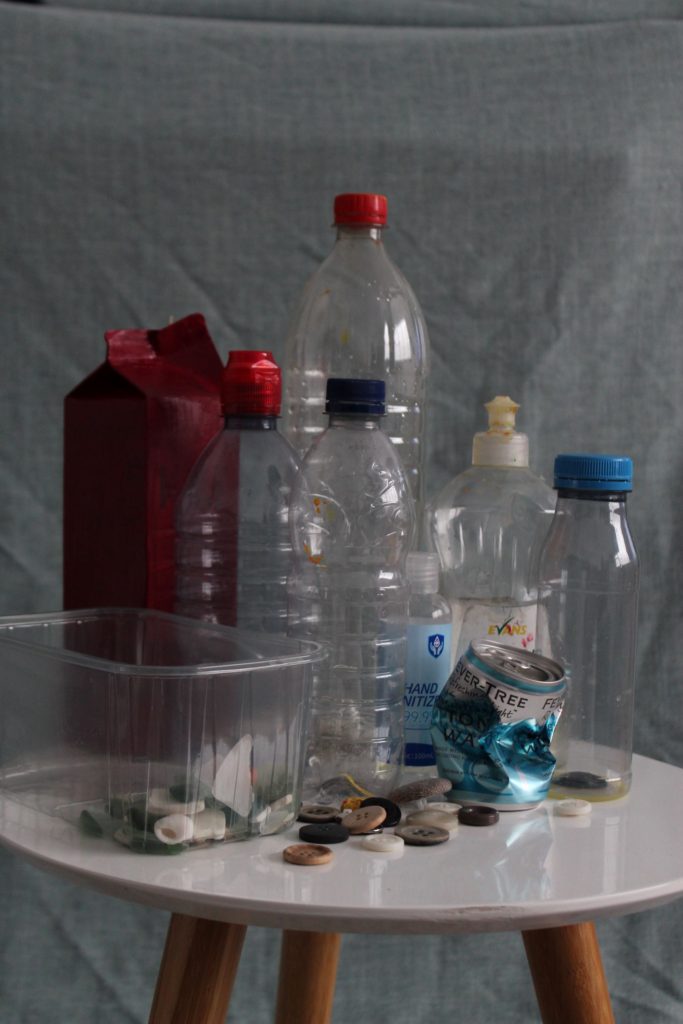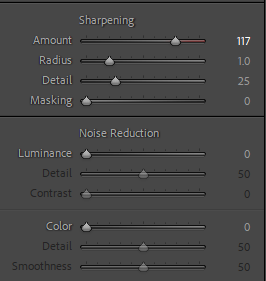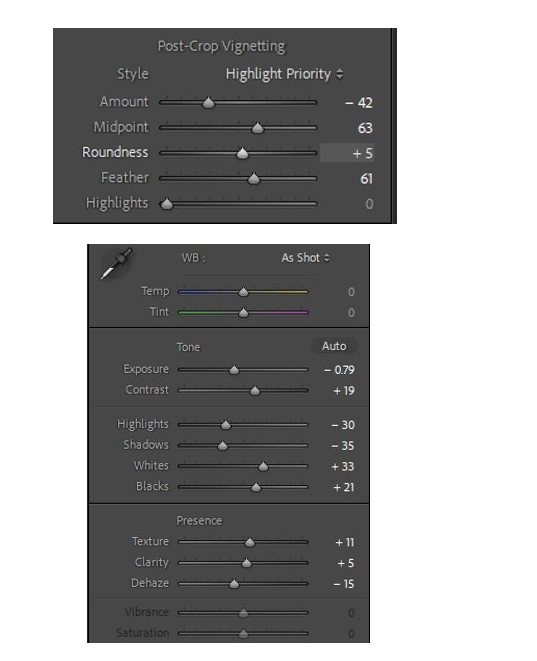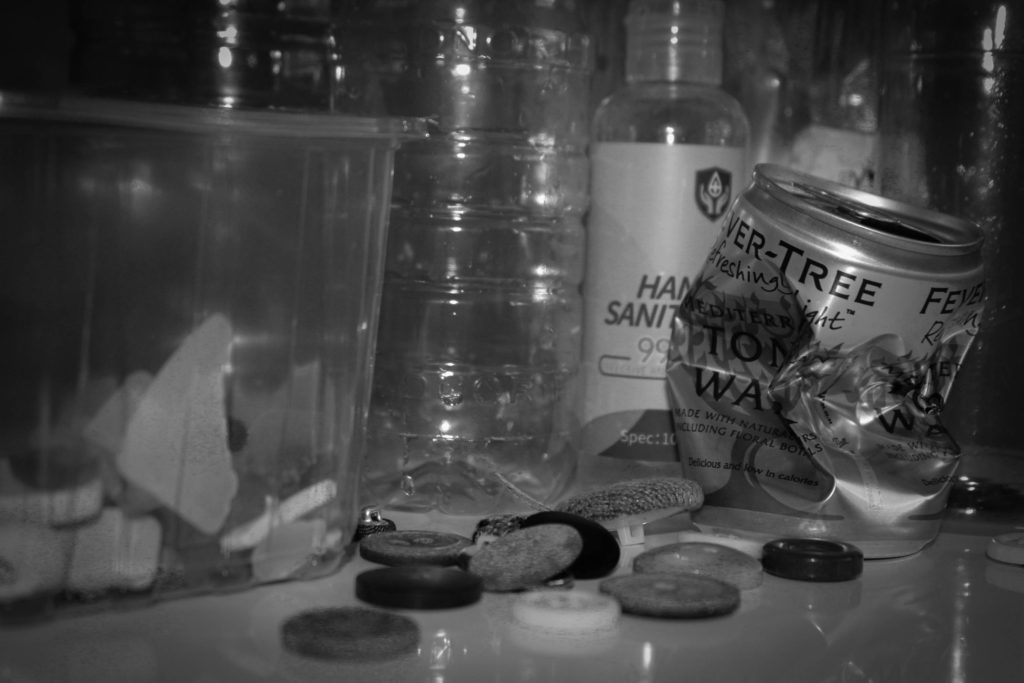-Environmental portraiture
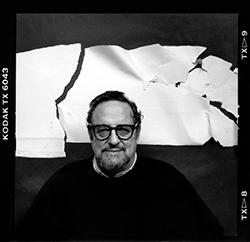
-Arnold Newman
Arnold Newman is widely renowned for pioneering and popularizing the environmental portrait.
With his method of portraiture, he placed his sitters in surroundings representative of their professions, aiming to capture the essence of an individual’s life and work. A musician, for instance, might be photographed in their recording studio or on stage, a Senator or other politician in their office or a representative building.
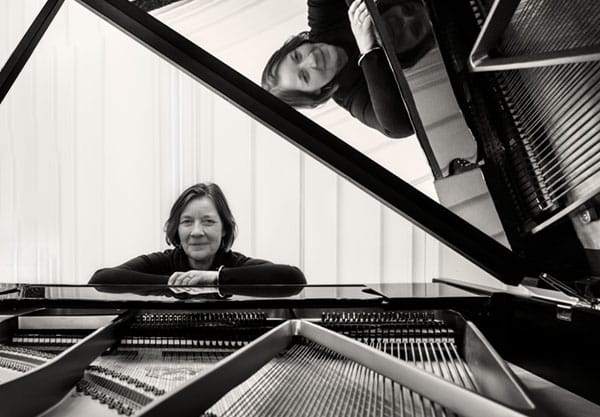


Why did Arnold Newmann start photography?
Arnold stressed that he was motivated by a genuine interest in his subjects, and in the craft of photography. He is well-known for his portraits of artists, such as Igor Stravinsky, Marilyn Monroe, and Pablo Picasso, and political figures (which he focused on in the 1960s), such as John F.



He also mentioned that the work of the Cubists, including Picasso, influenced the way he structures a photograph.
Story of Alfred Krupp’s Portrait by Arnold Newman

When Alfred Krupp first saw his portrait he was furious. Convicted Nazi had his portrait taken in 1963 by Arnold Newman who was Jewish . Newsweek commissioned Arnold Newman to take his portrait but he refused. He saw the convicted (and later pardoned) war criminal as the devil but later changed his mind as he decided to put a knife in his back.
Newman had a platform specifically erected in order to place Krupp against an industrial backdrop and he knew exactly what kind of image he had in mind. When composing the shot he asked Krupp to lean forward slightly, when he did he clasped his fingers together under his chin. “As a Jew, it’s my own little moment of revenge.” “It was my impression of a Nazi who managed to survive yet killed millions of people” he said.
Analysis:


